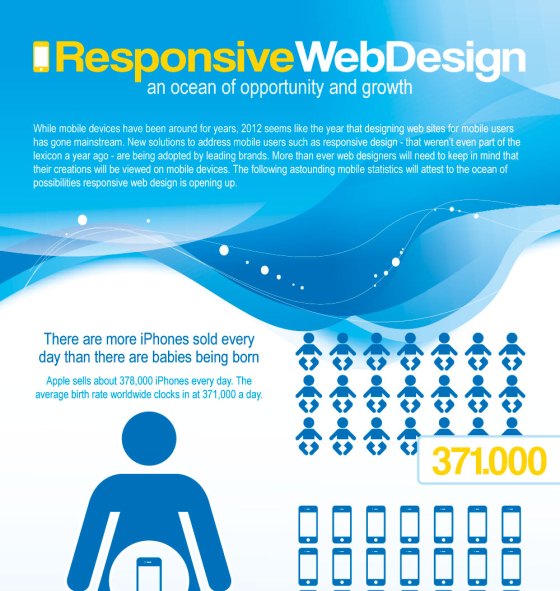The Advancement Of Web Site Design: From Past To Present
The Advancement Of Web Site Design: From Past To Present
Blog Article
Created By-Rasmussen Peters
In the past, sites were straightforward and concentrated on details. Navigating was direct, and design was for desktops. Currently, customer experience is crucial. Data guides styles for simple navigating. Responsive layouts fit different gadgets. Today, dark mode minimizes strain, and minimalist menus enhance navigation. Interactive attributes involve users, and vibrant visuals stand apart. AI integration enhances involvement. See how design has actually advanced to improve your on-line trip.
Very Early Days of Website Design
In the very early days of web design, simpleness reigned supreme. Websites were fundamental, with limited shades, fonts, and formats. The emphasis was on offering information as opposed to flashy visuals. Customers accessed the web with slow-moving dial-up links, so rate and capability were essential.
Navigating https://www.cmswire.com/digital-marketing/is-too-much-data-hurting-your-marketing-strategy-heres-what-experts-say/ were straightforward, usually situated at the top or side of the page. Internet sites were created for desktop computers, as mobile surfing wasn't yet common. Content was king, and developers prioritized very easy readability over complicated layout aspects.
HTML was the primary coding language used, and developers needed to work within its constraints. Computer animations and interactive functions were marginal contrasted to today's criteria. Internet sites were fixed, with little dynamic content or tailored user experiences.
Increase of User-Focused Layout
With the evolution of internet site design, a shift towards user-focused design concepts has ended up being significantly famous. Today, producing sites that focus on user experience is important for involving site visitors and accomplishing business goals. User-focused design involves recognizing the needs, choices, and habits of your target audience to customize the internet site's design, web content, and features appropriately.
Developers currently carry out thorough research, such as user surveys and usability screening, to collect insights and comments directly from individuals. This data-driven method helps in producing intuitive navigation, clear calls-to-action, and visually attractive user interfaces that reverberate with visitors. By positioning the user at the facility of the style process, internet sites can deliver an extra customized and satisfying experience.
Receptive design has actually likewise emerged as a key aspect of user-focused style, making sure that web sites are maximized for different devices and display dimensions. This adaptability improves accessibility and functionality, catering to the diverse means customers connect with web sites today. Basically, the increase of user-focused layout symbolizes a change in the direction of creating electronic experiences that prioritize the requirements and assumptions of completion individual.
Modern Trends in Website Design
Check out the most up to date fads shaping website design today. One famous pattern is dark mode layout, providing a smooth and modern look while minimizing eye stress in low-light atmospheres. One more crucial trend is minimal navigating, streamlining menus and improving user experience by focusing on essential elements. Integrating micro-interactions, such as computer animated switches or scrolling results, can create an extra interesting and interactive website. Receptive style continues to be important, making certain smooth customer experiences throughout various devices. In addition, utilizing strong typography and unbalanced layouts can add aesthetic passion and draw attention to particular material.
Incorporating AI modern technology, like chatbots for consumer assistance or customized recommendations, improves individual engagement and improves procedures. Availability has likewise come to be a considerable fad, with designers focusing on comprehensive layout methods to deal with varied customer requirements. Embracing sustainability by optimizing website performance for rate and effectiveness is an additional emerging fad in website design. Teaming up with individual feedback and information analytics to repeat and boost layout continuously is crucial for remaining relevant in the ever-evolving digital landscape. By welcoming these modern patterns, you can develop an aesthetically attractive, easy to use website that resonates with your audience.
Conclusion
As you assess the development of site design from the early days to now, you can see just how user-focused style has become the driving force behind modern trends.
Welcome the journey of modification and adaptation in web design, always keeping the individual experience at the forefront.
Keep existing with the latest patterns and innovations, and never ever quit evolving your strategy to develop visually stunning and straightforward websites.
Evolve, adjust, and develop - the future of website design is in your hands.
